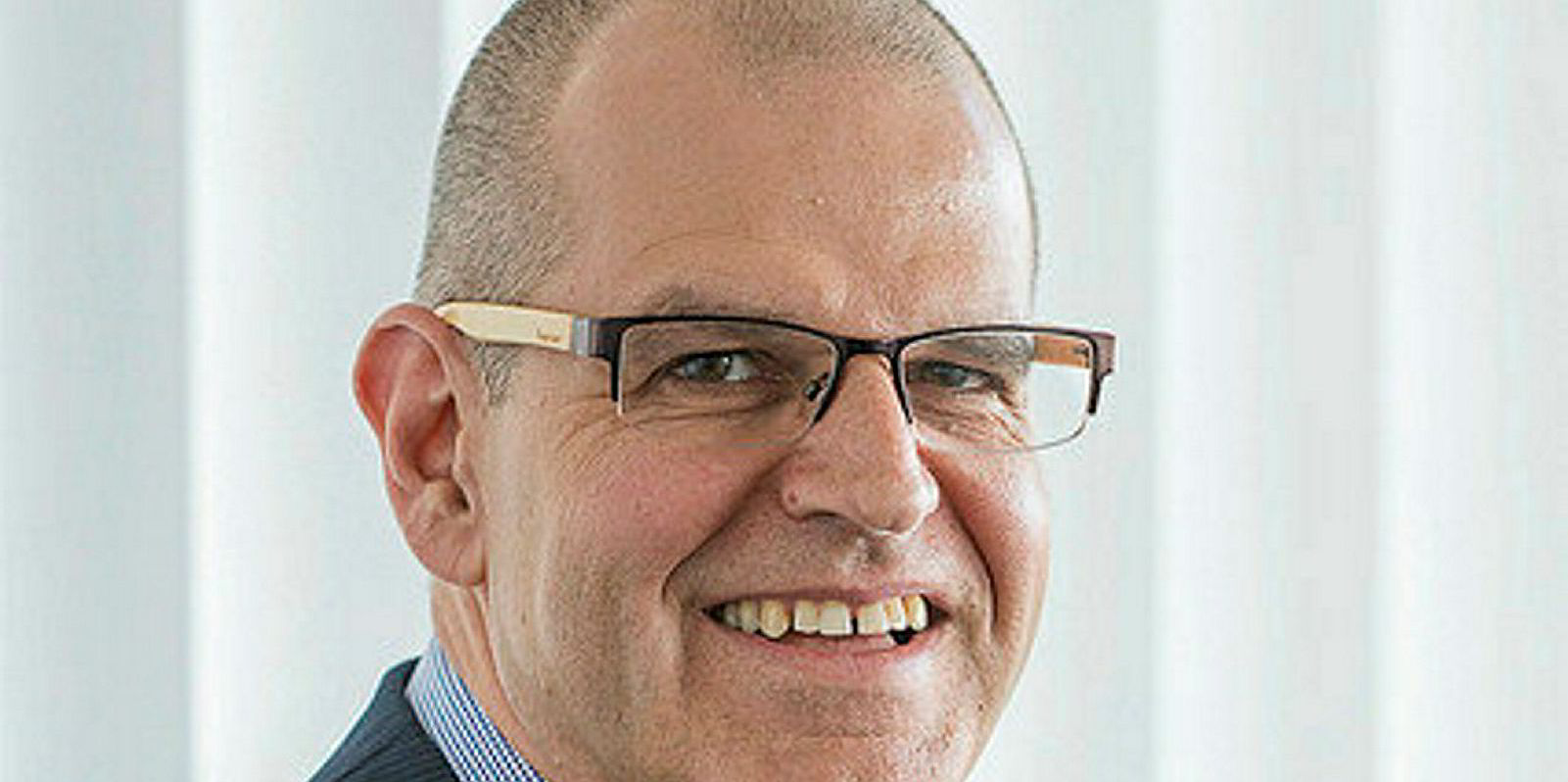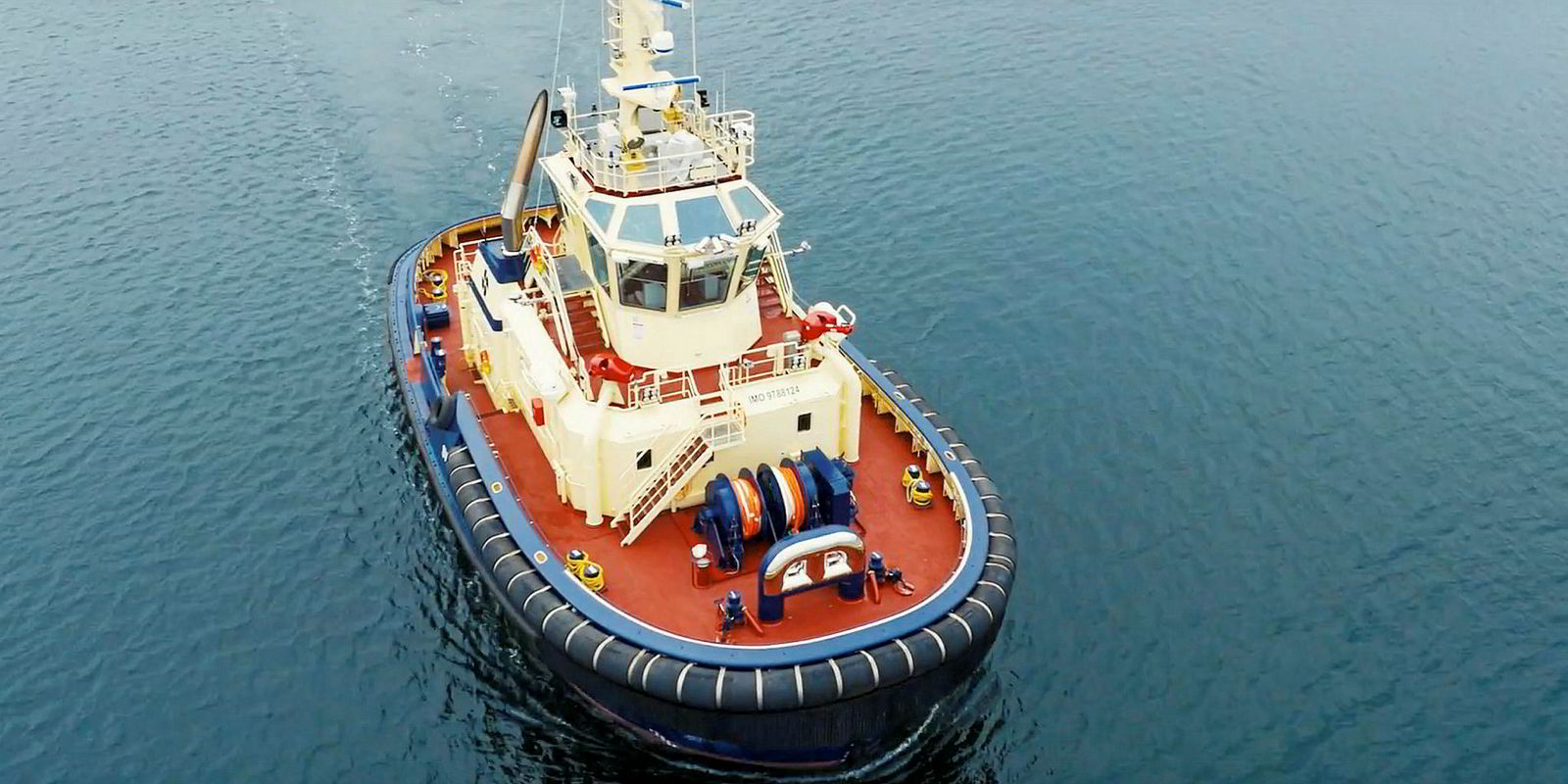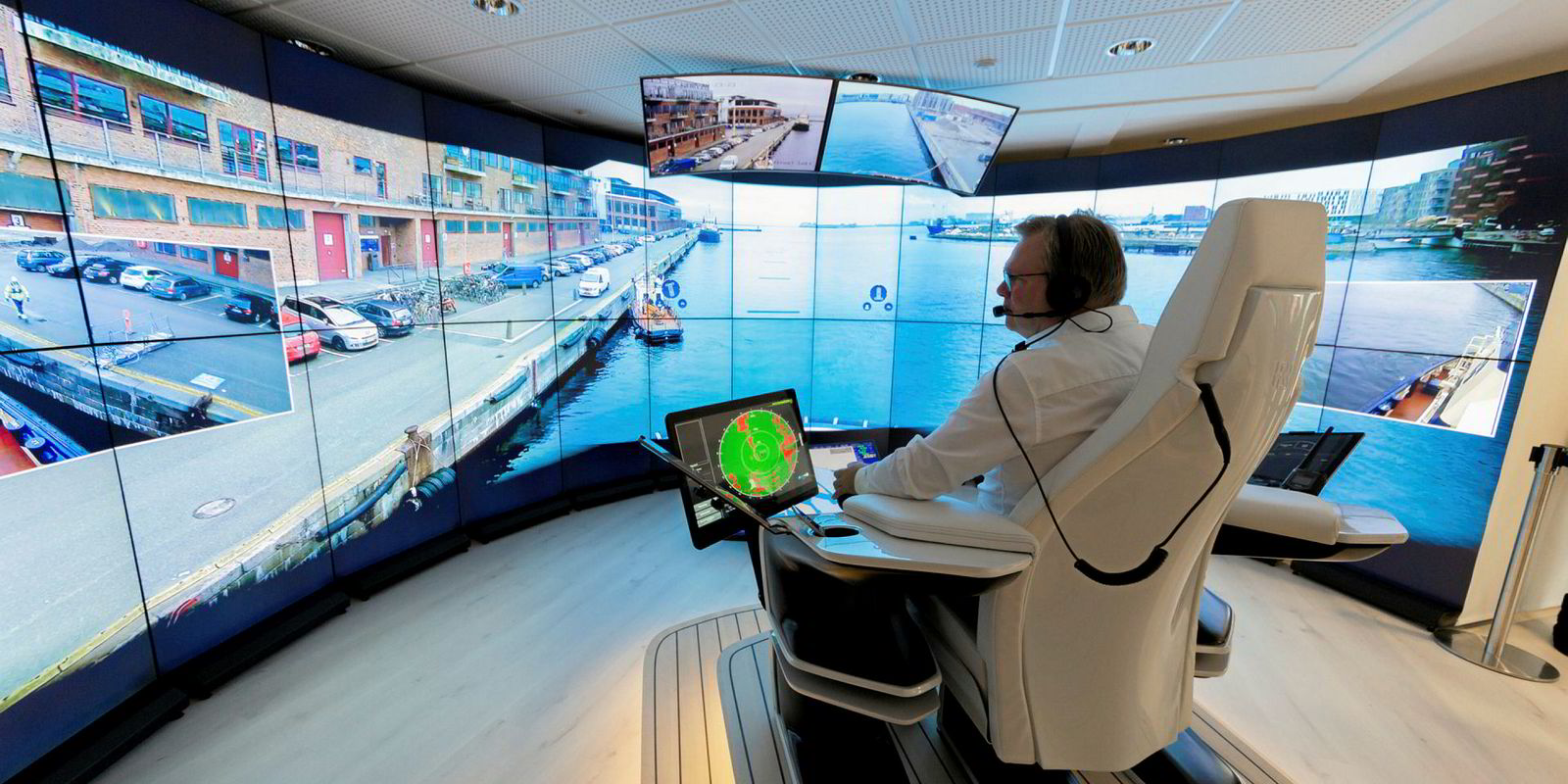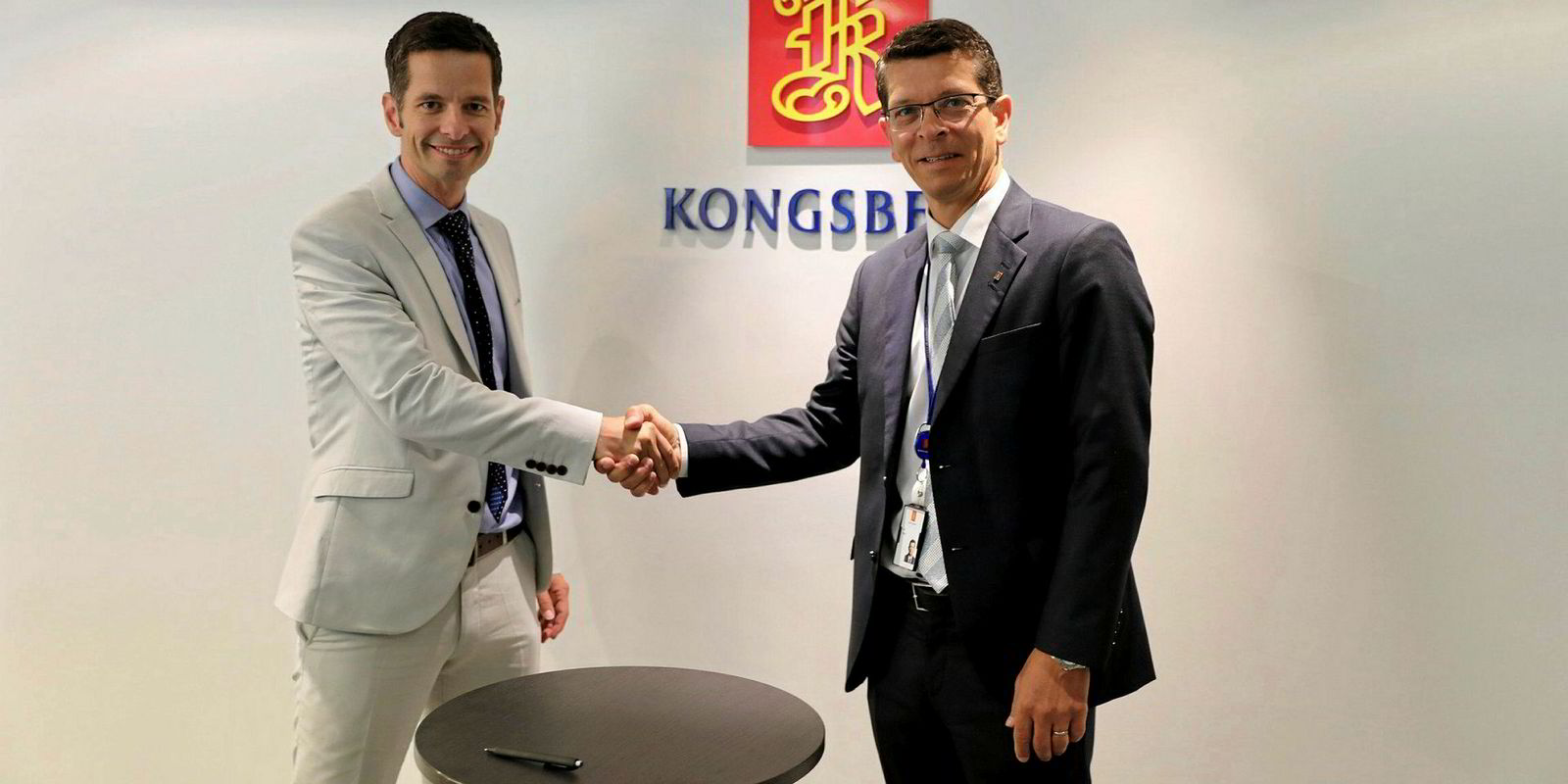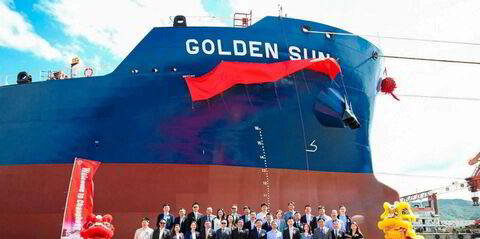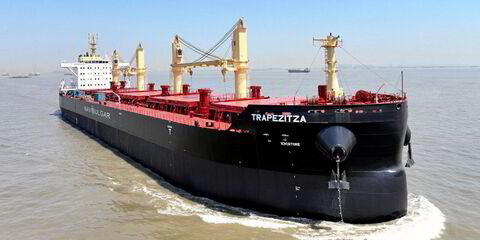Kevin Daffey, Rolls-Royce's marine director of engineering and technology, says a lot of ships will not require full autonomy or remote technology, among them cruiseships and vessels carrying hazardous cargoes such as oil and gas.
“I don’t think they will be permitted to be unmanned, but these types of vessels could take some of the technology onboard,” Daffey says.
“For example, we have an intelligent awareness system which gives a very good tactical awareness of everything that is around a vessel within a couple of miles.”
Designed to enhance navigational safety and operational efficiency, the system fuses data from multiple sources to provide an overview of a ship's external situation — a bird’s eye view of the area surrounding a vessel.
Rolls-Royce has used findings from its involvement in the Advanced Autonomous Waterborne Applications Initiative and collaboration with Stena Line and MOL to develop technology that creates a 3D map of a vessel based on light detection and radar (Lidar).
The remote sensing method uses light in the form of a pulsed laser beam to measure distances and, when linked to GPS data, Rolls-Royce says it creates “3D environments that allow crew to see what the human eye cannot”.
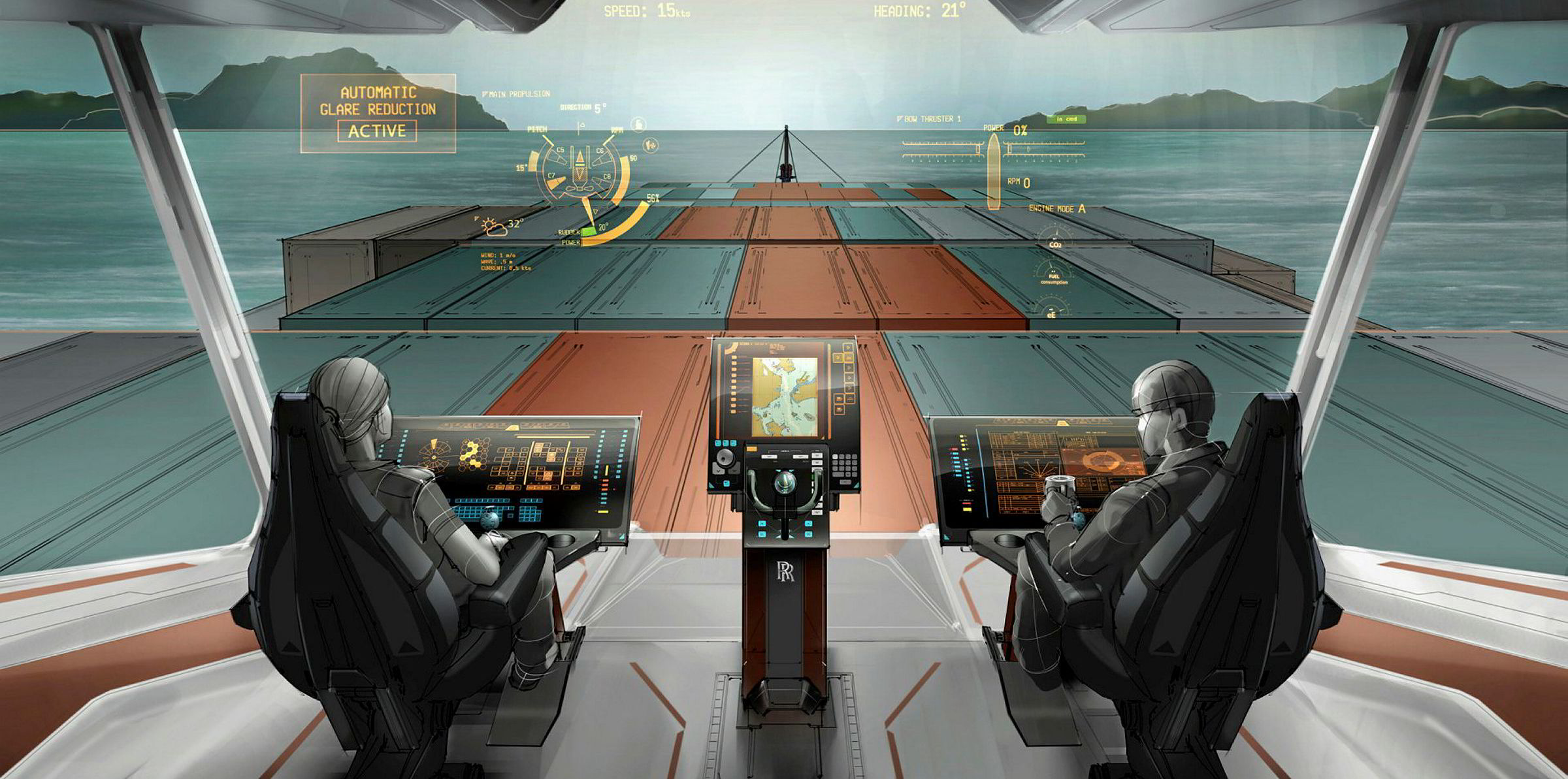
Daffey says the cruiseship industry is interested from a safety perspective when operating in congested areas, while talks have been held with port authorities interested in using the technology to identify pleasure craft and even swimmers, so they can provide advisories to other ships within their vessel traffic system.
However, Daffey says ultra large boxships do not necessarily offer a cost-advantage case for being autonomous. But, again, some of the technology could be applied, including intelligent awareness for seeing beyond the line of sight of the containers.
“Bridge visibility is quite restricted on large container vessels and you could remove that by sensor fusion and augmented reality displays to give a picture within a few inches around a vessel,” he says.
Once again, able seafarers, along with mechanical engineers and fitters, could remain onboard being directed from land by a “super chief engineer” with all the data at their fingertips.
“So you can see a lot of digital technology coming into these types of vessels without having to go completely autonomous,” Daffey says.
Rolls-Royce has talked to some owners interested in, for example, the possibility of completely autonomous bulkers.
Daffey says some work has been done but more must be carried out, focused on the design possibilities if the bridge system and, for example, lifeboats are removed.
Does that change seakeeping and hydronamic efficiency, and how much simpler would it be to manufacture from the shipyards’ perspective? Would more savings be "illuminated" and more ways to benefit from using the technology? "We have only scratched the surface,” Daffey says.
